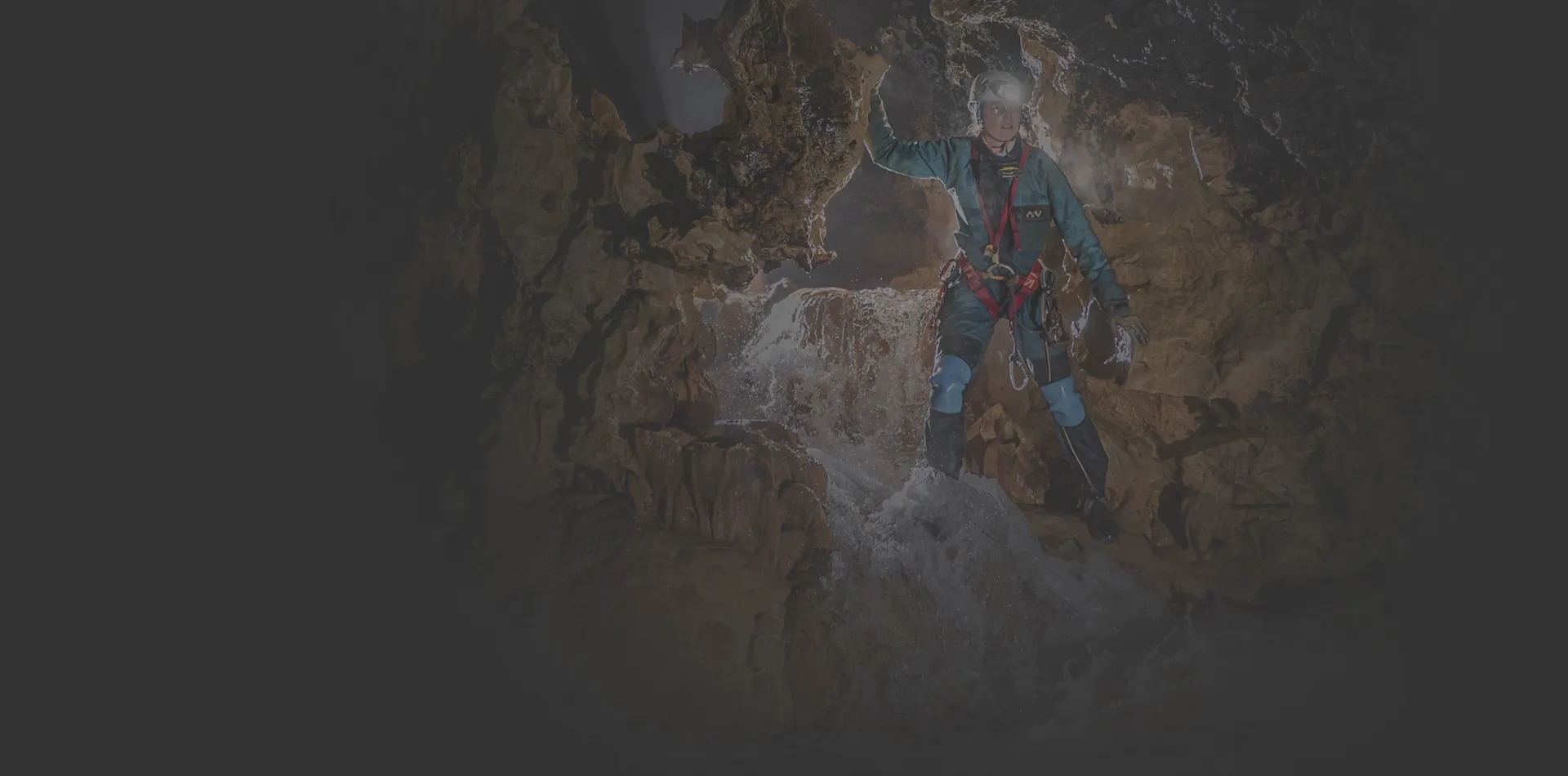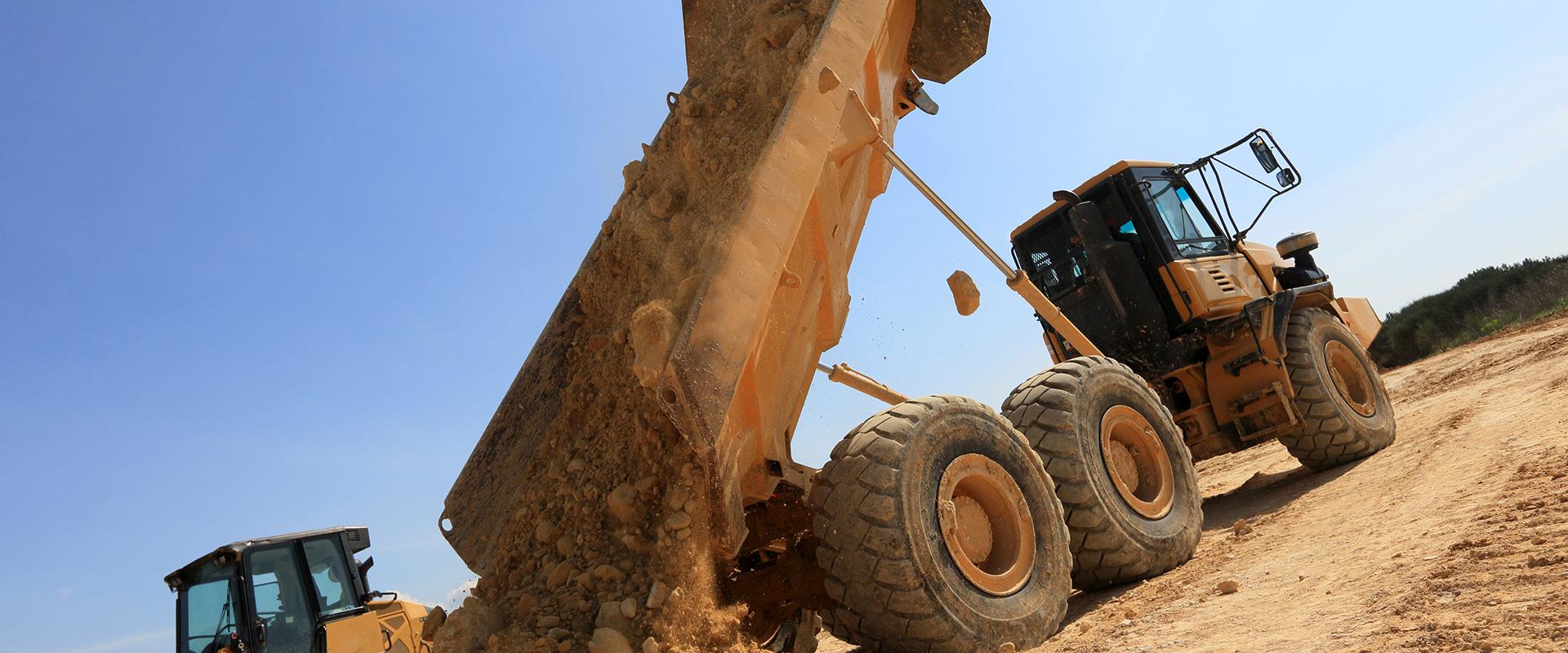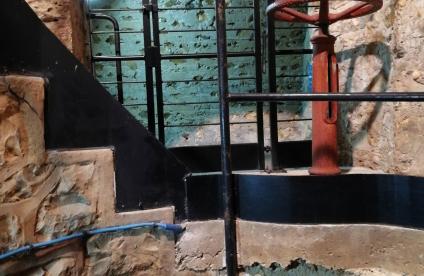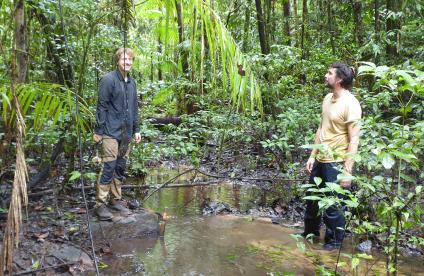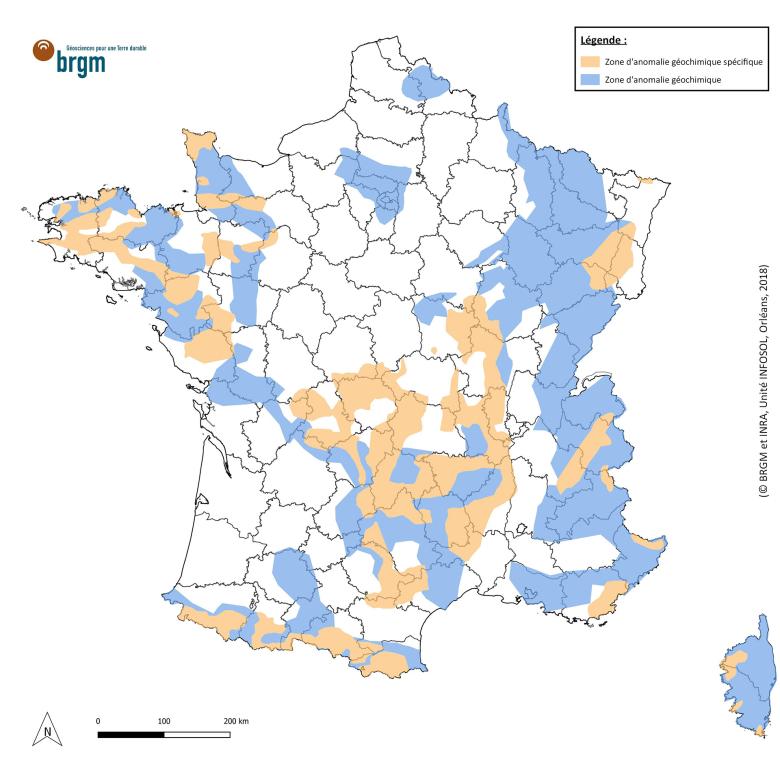
Geochemical anomaly map, a tool for the reuse of excavated soil that does not come from polluted sites and ground (MTE/DGPR, 2020).
© BRGM / INRAE
The need
The management of excavated soil is one of the major challenges of the circular economy and sustainable development. This sector is currently evolving rapidly with the implementation of specific environmental management methodologies and new regulations that aim to promote their reuse, in particular a procedure for no longer classifying excavated soil that can be reused off-site as ‘waste’. However, among the range of existing tools, a methodology dedicated to the reuse in development projects of excavated soil that does not come from polluted sites and ground, was still lacking.
The results
In order to guarantee the harmlessness of reused excavated soil that does not come from polluted sites and ground, a progressive approach has been proposed at three levels: a first national level defines exemption threshold values for certain substances below which the reuse of excavated soil in development projects is possible; a second regional level allows the reuse of soil that respects the pedological-geochemical background values of regional or urban ground; and a third level concerns soil that can be reused when it respects the background values of the receiving site. An additional possibility has been added in order to avoid, in certain cases, characterising excavated soil before reuse, by using a geochemical anomaly map resulting from the cross-referencing of surface geology data and the French Soil Quality Measurement Network (RMQS) network (map to be put online on the InfoTerre portal in 2020).
The entire methodology has been published in a guidebook, by the Ministry of Ecological Transition.
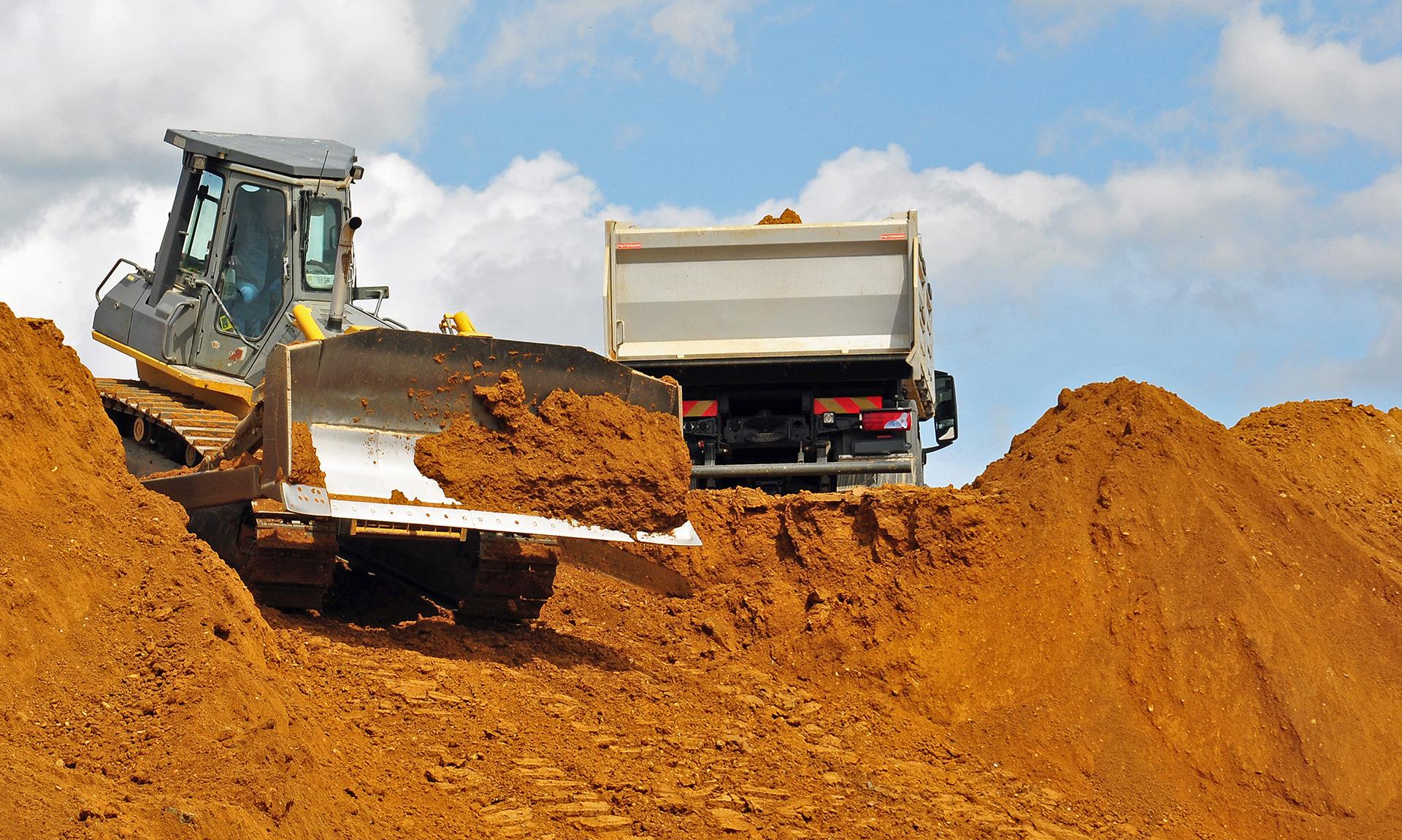
The guidelines for the reuse of excavated soil provide a technical framework for the development of practices that respect the chemical quality of the ground. Associated with the projects for determining the pedological-geochemical background values of French territory, they facilitate environmental studies and thus promote reuse by offering the possibility of not characterising the receiving sites, a point that can be extended to the producing sites within the framework of the present guide.
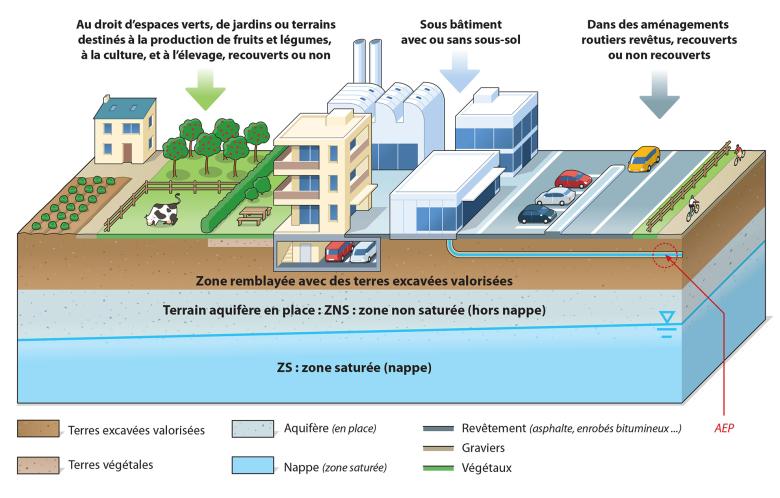
Possible areas of use for excavated soil not originating from polluted sites and ground (MTE/DGPR, 2020).
© BRGM
Using the results
This guide enables the reuse of soil that does not come from polluted sites and ground, for various purposes in a transparent and environmentally sound manner. It enables operations to be secured while guaranteeing compliance with the latest regulatory developments.
The partners
- Ministry of the Environment (BPGD and B3S)
- ADEME
- CEREMA, Ineris
- EDF
- FEDEREC, FNTP
- Grand Paris Aménagement
- Métropole de Lyon, Ville de Paris
- SEDDRe
- SYVED
- UCIE, UMTM, UPDS
